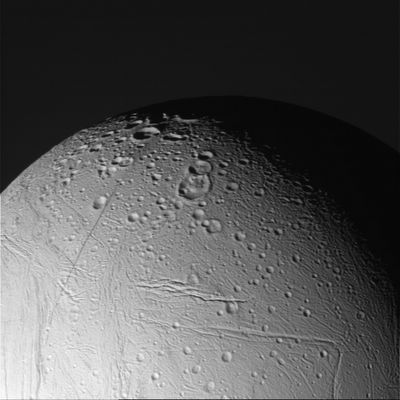Dust Devil report
Alan Boyle, who runs a very fine blog on MSNBC called Cosmic Log, has reported on these dust devil sightings, it turns out. He has a good story on it HERE, that was posted yesterday.
Notes, news, images and thoughts about what's going on in space
Alan Boyle, who runs a very fine blog on MSNBC called Cosmic Log, has reported on these dust devil sightings, it turns out. He has a good story on it HERE, that was posted yesterday.
This is an interesting development: In a story HERE today by ace space reporter Leonard David, he reports that Spirit saw a major, sudden power boost, restoring it to almost its original power level (from 60 percent to 93 percent, almost instantly), apparently as a result of a dust devil cleaning the dust off the solar panels. This is a terrific boon to the mission, giving them a lot more power to work with.
Some keen-eyed observers, scanning the latest raw images coming back from the rover Spirit in Gusev Crater, have located several images that seem to be the first yet to show the long-awaited dust devils in action. Nobody from the rover teams has commented yet -- I'll ask them about it at the LPSC in Houston next week.

Spectacular new pictures today of two of Saturn's moons from the Cassini mission:


Opportunity has been setting all kinds of speed records lately, using its onboard autonomous navigation capabilities to cover the smooth, undulating plain of Meridiani at an unprecedented clip. Over one three-day stretch it covered 390 meters, mostly on its own brainpower. (My New Scientist story is here).


The European Space Agency's Rosetta space probe hurtled past the Earth last Friday, on its way to a date with a comet. It took some unusual views of our home planet on the way by.

My wife and I met Hans Bethe briefly about 12 years ago, at a two-day symposium at Cornell University celebrating Carl Sagan's 60th birthday. We were both struck by just what a sweet, quiet delightful and unassuming man he was -- a real mensch, as they say. I was greatly saddened to hear of his passing today at the age of 98. A nice obit from the New York Times is here.


A few tidbits of recent news: